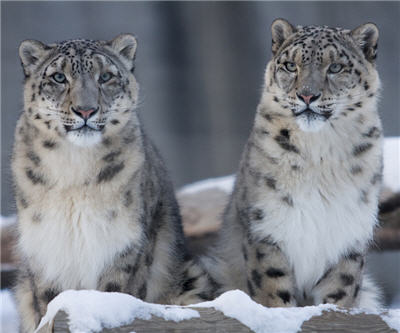
Eurasianet reports two new studies say that the massive Kumtor gold mine, controlled by Canada’s Centerra’s and the Kyrgyzs government, as a matter of routine ignores environmental legislation and makes it impossible for independent auditors to do inspections.
The mine’s operations could have a far-reaching, deleterious effect on Central Asia’s water supply and the mine is run like a “private fiefdom”, one of the reports suggests according to Eurasianet:
An inter-agency government commission issued a report on January 30, recommending Kumtor operations be temporarily suspended because water around the mine routinely exceeds Kyrgyz regulations for maximum allowable concentrations of heavy metals, including arsenic, nickel and manganese.
Raising concerns about KOC’s expansion plans, the commission writes that Kumtor has “obviously violated the applicable laws in getting licenses for prospecting and mining and assignment of lands occupied by the protected Sarychat-Eertash Nature Reserve.” The reserve is home to engendered species, such as the snow leopard. Moreover, the report alleges that the Ministry of Natural Resources and KOC obstructed the commission’s work by not providing some requested documents.
The other report, released January 31 by the Prague-based watchdog organization Bankwatch, offers a more dire view of Kumtor’s environmental impact. The report’s chief author, geochemist and hydrologist Dr. Robert Moran, based his findings on water samples obtained by members of the inter-agency government commission, and on his own samples drawn near the mine. Moran was originally supposed to accompany their inspection team, but was ultimately forbidden from joining the mission for reasons, he says, that were never fully explained to him.
In operation since 1997 Kumtor last year represented over 10% of Kyrgyzstan’s GDP and 54% of its industrial output. Kyrgyzstan holds 33% of the mine and Canada’s Centerra the remainder.
The ex-Soviet republic of 5.5 million people with per capita GDP of only $880 has been plagued by ethnic strife since independence and the October 2011 presidential election when business tycoon Almazbek Atambayev was elected was the country’s first peaceful transfer of power.
The FT blog beyondbrics recently quoted the Eurasia Group, a consultancy, about the risks associated with large mining projects such as Kumtor, Oyu Tolgoi in Mongolia, Conga in Peru, Grasberg in West Papua that have outsized impacts on the domestic economy:
While this dependence can be advantageous in terms of giving a project “VIP” status in the eyes of the host government, it often also creates risk as the economic contributions from taxes, royalties, and local purchasing become a driver for political conflict.
In December access to the mine was blocked for a week by community protesters seeking greater involvement in the mine, but production was only marginally effected. Centerra announced earlier in January that its 2011 consolidated gold production totalled 642,380 ounces, which includes 583,156 ounces from the Kumtor and 59,224 ounces from its Boroo mine in Mongolia.
The Canadian company forecast 2012 consolidated gold production to be range from 635,000 to 685,000 ounces, with as much as 625,000 coming from Kumtor. Margins at the mine are fat: cash costs in 2012 are forecast to be $430 – $465/oz. Kumtor’s reserves has been pegged at 6.3 million oz.
The company is worth $4.7 billion in Toronto and is up over 10% this year thanks to a positive production outlook for 2012. On Tuesday the stock was up 1.2% at $19.83.
In January MINING.com chronicled the perils faced by mining companies, particularly gold diggers, that are exploring and mining in frontier territories. As attractive deposits become harder and harder to find in traditional markets miners are pushing the limits of the political risk they are willing to take on. Read more…
Image is of snow leopards at the Montreal Zoo.